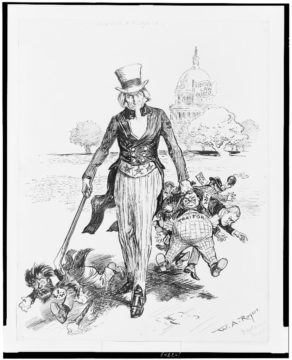by Mike O’Brien

I’m self-conscious about the style of my writing. Not that I fear my style is flat or derivative otherwise wanting; quite the opposite, in fact. This isn’t too presumptuous, because I have been told many times, by people whose tastes I esteem highly, that my writing is admirably well composed. Given that I have a strong natural tendency to doubt the merits of my own work, my acceptance of such compliments as accurate and warranted is a testament to how many times I have heard them. But a different doubt arises, having put to rest that first one; since I tend to compose pieces which argue for some position on questions of substance, do these succeed (assuming that they do succeed) because of the quality of their arguments and the correctness of their premises, or do they merely enchant by aesthetic and pathetic overtures? (I’ve heard that very attractive people can suffer such doubt about all their socially-mediated successes in life, and I can tell you it’s true.)
On the one hand, if I am arguing for a point about which I really do care and of which I am myself convinced, I don’t really care why people agree with me, so long as they conduct themselves in conformity with my position. Such points are rare, and are generally matters of ecological or existential survival. After so many years staring into assorted abysses of environmental and civilizational catastrophe, much of what animates public debate (especially of the ephemeral “Twitter war” variety) is of no more interest to me than the barking of dogs. Out-barking them would not serve my ego, no matter how impressed I might imagine the dogs to be.
On the other hand, there are strategic considerations at play in arguing about important matters in public. If one supposes one’s own position to be favoured, even singularly indicated, by facts and logic, then one may jeopardize their long-term success by devaluing factual evidence and logical rigour in pursuit of easy though tenuous agreement. A cheap trick is one easily stolen and turned against its employer, and even if not so reversed it still disgraces the user. Read more »

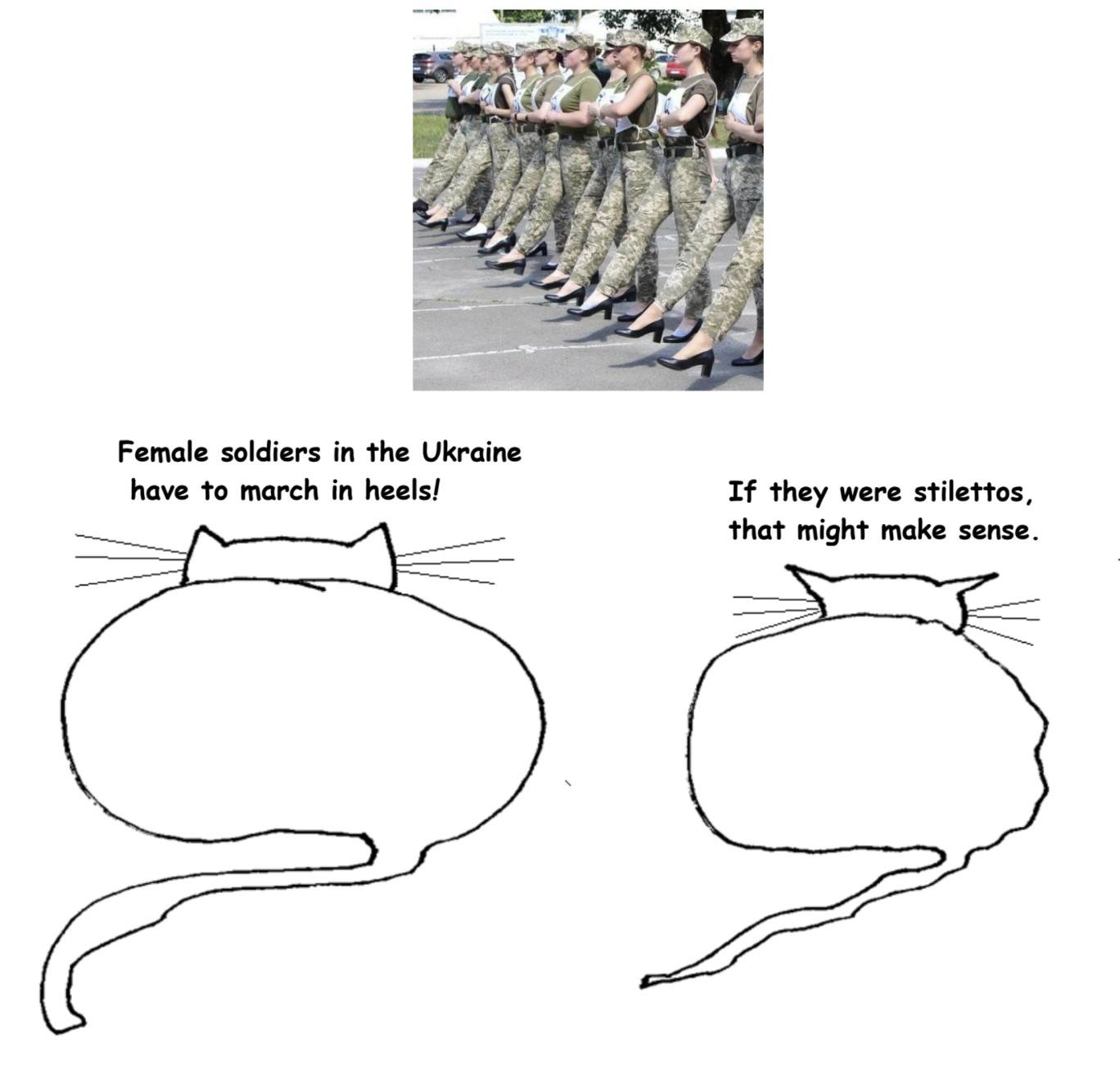




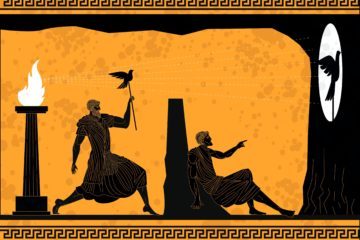
 When I finished my residency in 1980, I chose Medical Oncology as my specialty. I would treat patients with cancer.
When I finished my residency in 1980, I chose Medical Oncology as my specialty. I would treat patients with cancer.


 George Saunders’ recent book, A Swim in a Pond in the Rain, is the most enjoyable and enlightening book on literature I have ever read.
George Saunders’ recent book, A Swim in a Pond in the Rain, is the most enjoyable and enlightening book on literature I have ever read.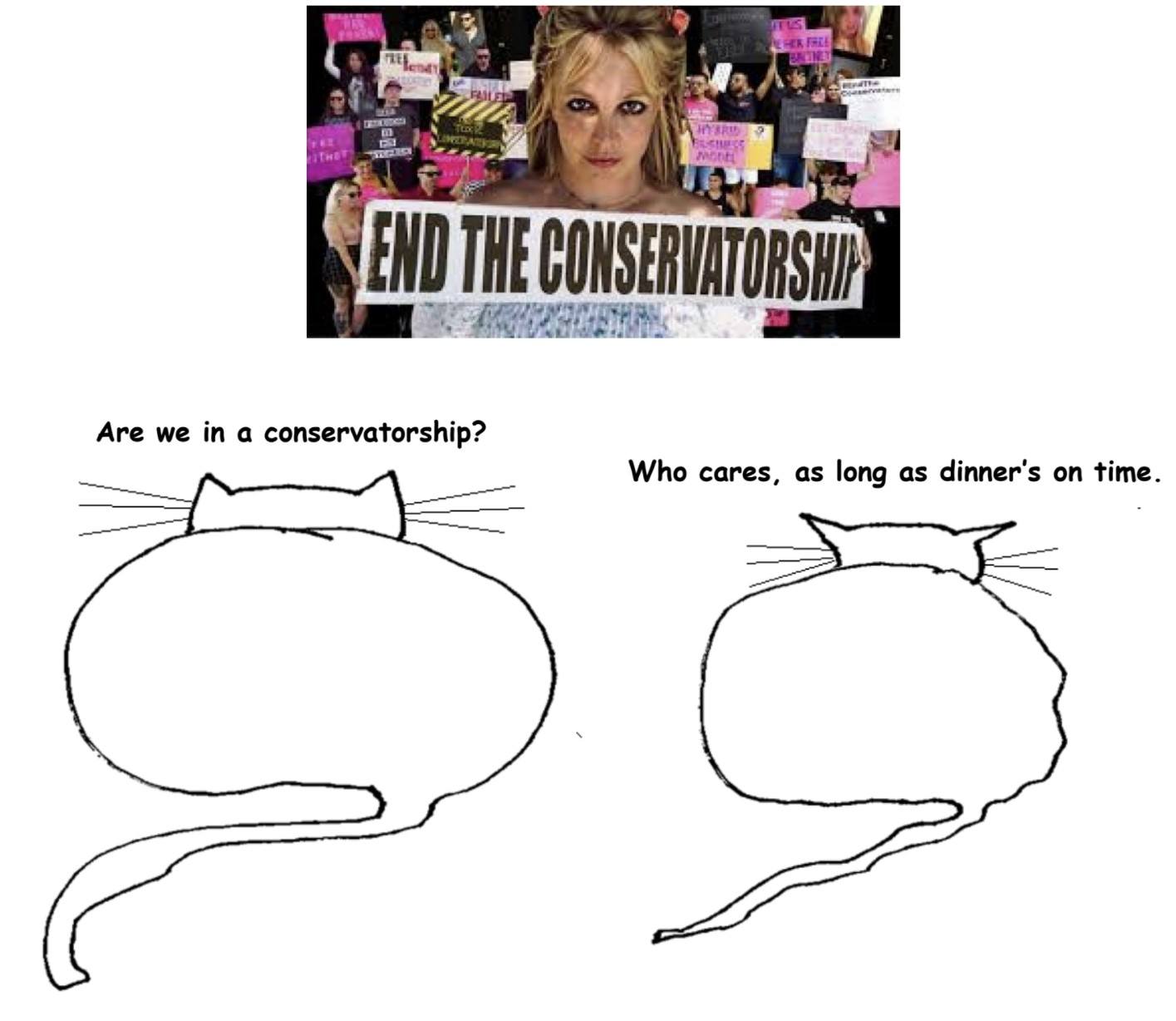
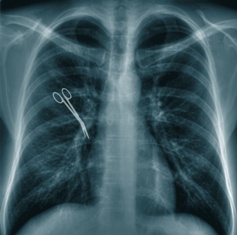
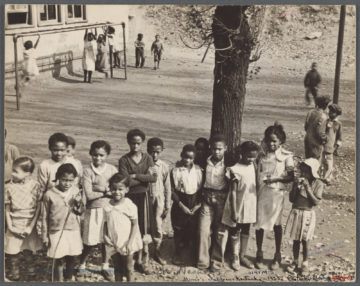

 It seems as if everyone in the wine industry proclaims that wine tasting is subjective. Wine educators encourage consumers to trust their own palates. “There is no right or wrong when tasting wine,” I heard a salesperson say recently. “Don’t put much stock in what the critics say,” said a prominent winemaker to a large audience when discussing the aromas to be found in a wine. The point is endlessly promoted by wine writers. Wine tasting is wholly subjective. There is no right answer to what a wine tastes like and no standards of correctness for judging wine quality.
It seems as if everyone in the wine industry proclaims that wine tasting is subjective. Wine educators encourage consumers to trust their own palates. “There is no right or wrong when tasting wine,” I heard a salesperson say recently. “Don’t put much stock in what the critics say,” said a prominent winemaker to a large audience when discussing the aromas to be found in a wine. The point is endlessly promoted by wine writers. Wine tasting is wholly subjective. There is no right answer to what a wine tastes like and no standards of correctness for judging wine quality.